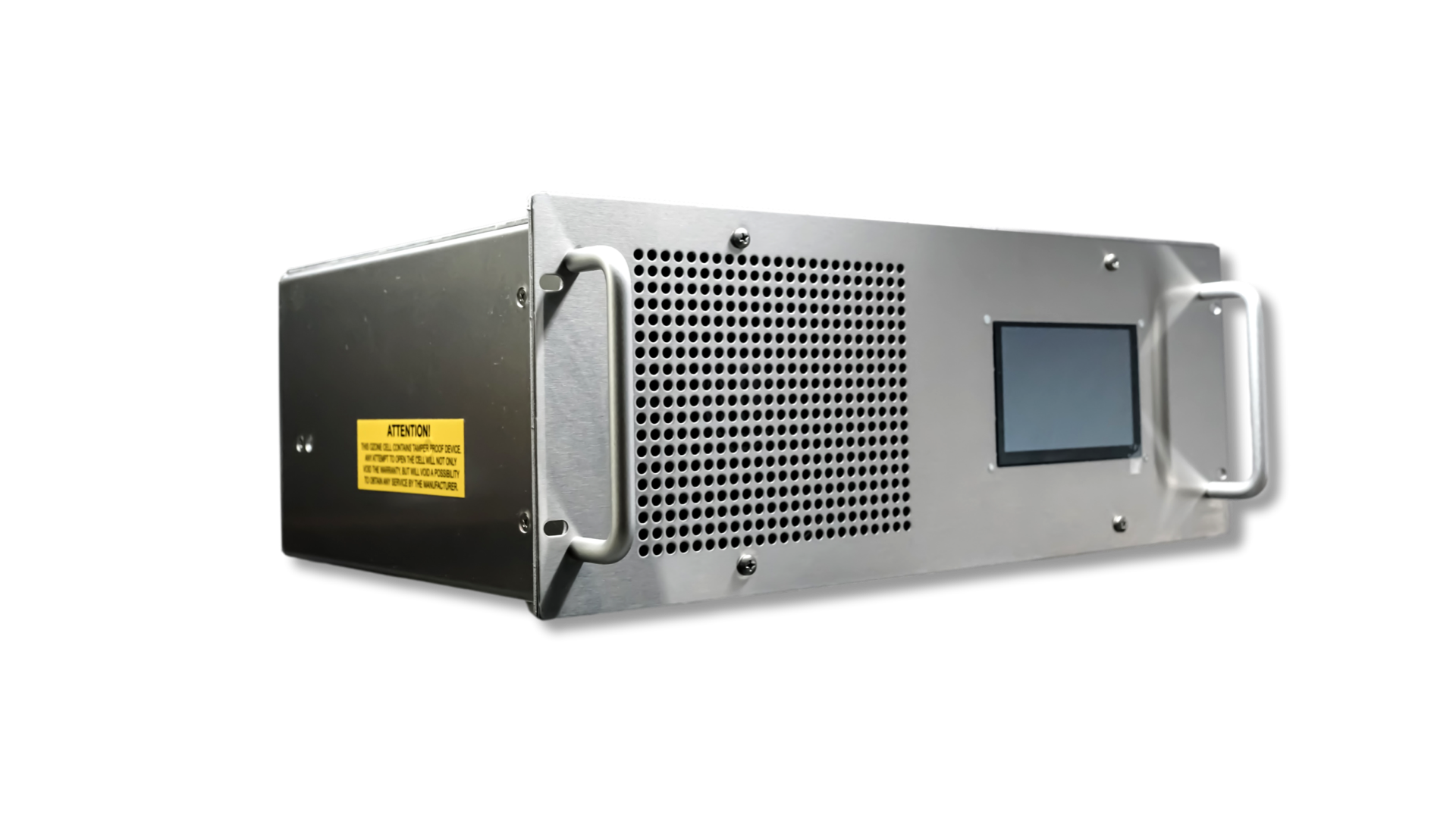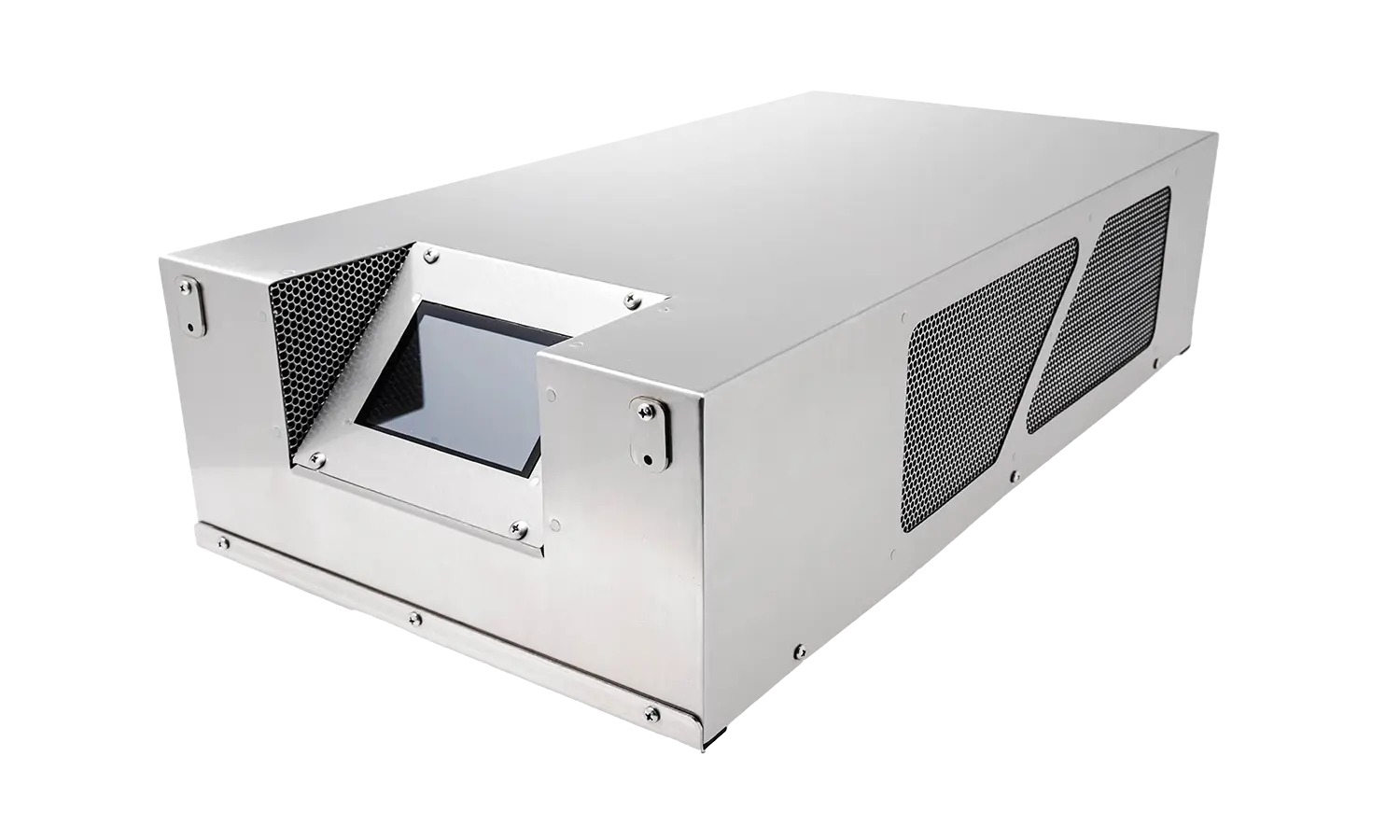Ozone Library
How to Compensate for Half-Life of Ozone in Water
An introduction to the basic mechanisms involved with how to compensate for the half-life of ozone in your water applications.
HOW TO CORRECTLY CALCULATE RESIDUAL OZONE CONCENTRATION FOR AN OZONE WATER TREATMENT APPLICATION.
We highly recommend this information to help ozone water treatment professionals correctly consider ozone destruction in water at different temperatures due to the relatively short half-life of ozone.
Failure to apply this information to the calculation in ozone treatment applications may result in ozone concentration being considerably lower than required and could make ozone application ineffective.
Contrary to myths that it is impossible to have residual ozone in the water or that ozone could survive in the water only for a few seconds here is the factually scientifically proven data on the half-life of ozone according to scientific sources:
Typical O3 Dissolved in Water Half-Life Time as a Function of Temperature:
Half-life time as a function of temperature for ozone dissolved in water (PH=7)
| Half-life time | Temp |
|---|---|
| ∼ 30 minutes | 15 ºC |
| ∼ 20 minutes | 20 ºC |
| ∼ 15 minutes | 25 ºC |
| ∼ 12 minutes | 30 ºC |
| ∼ 8 minutes | 35 ºC |
When the half-life of ozone at 30°C is about 12 minutes, that means that every 12 minutes, there will be 50% less ozone in the water if we somehow inject the ozone instantly.
However, in real-life, we inject ozone into the water 24/7, constantly adding it and maintaining the concentration, not instantly.
Therefore, the idea is to inject enough ozone into the pool to compensate for the half-life of ozone destruction, allowing us to have a constant desired residual ozone concentration in the water.
Ozone half-life calculations
As an example of using the above information, let us say we need to maintain a concentration of 0.1 ppm in the pool water.
We know that 1ppm=1 g/m3
If the water tank or swimming pool is 100 m3, the 10 g of ozone dissolved will create that concentration of 10 g. (100 m3 x 0.1 g/m3 = 10 g)
We also know that at 30˚C the ozone half life is 12 minutes = 0.2 hour (12 min/60 min=0.2h)
Understandably, every 12 minutes, 10 grams of ozone dissolved in the water becomes 5 g, 2.5 g, 1.25 g…, etc., and we will have to inject more ozone to compensate for it.
If we divide the amount of ozone required by the half-life of ozone in water, we will get the amount of ozone required to be injected every hour to compensate for it.
We suggest the following formula:
O3 (NC) / HL = O3 (C)
Where :
O3 (NC) – Amount of ozone required to achieve and maintain desired ozone concentration Not compensated for the half-life of ozone destruction
HL – Half-life of ozone according to the water temperature from the table above
O3 (C) – Compensated or actual amount of ozone must be injected to maintain residual concentration at the actual water temperature.
Using the formula and above data, in this case, 10 g / 0.2 h = 50 g or five times more than without compensation for ozone destruction in water because of half-life.
Contact us now for more information.





